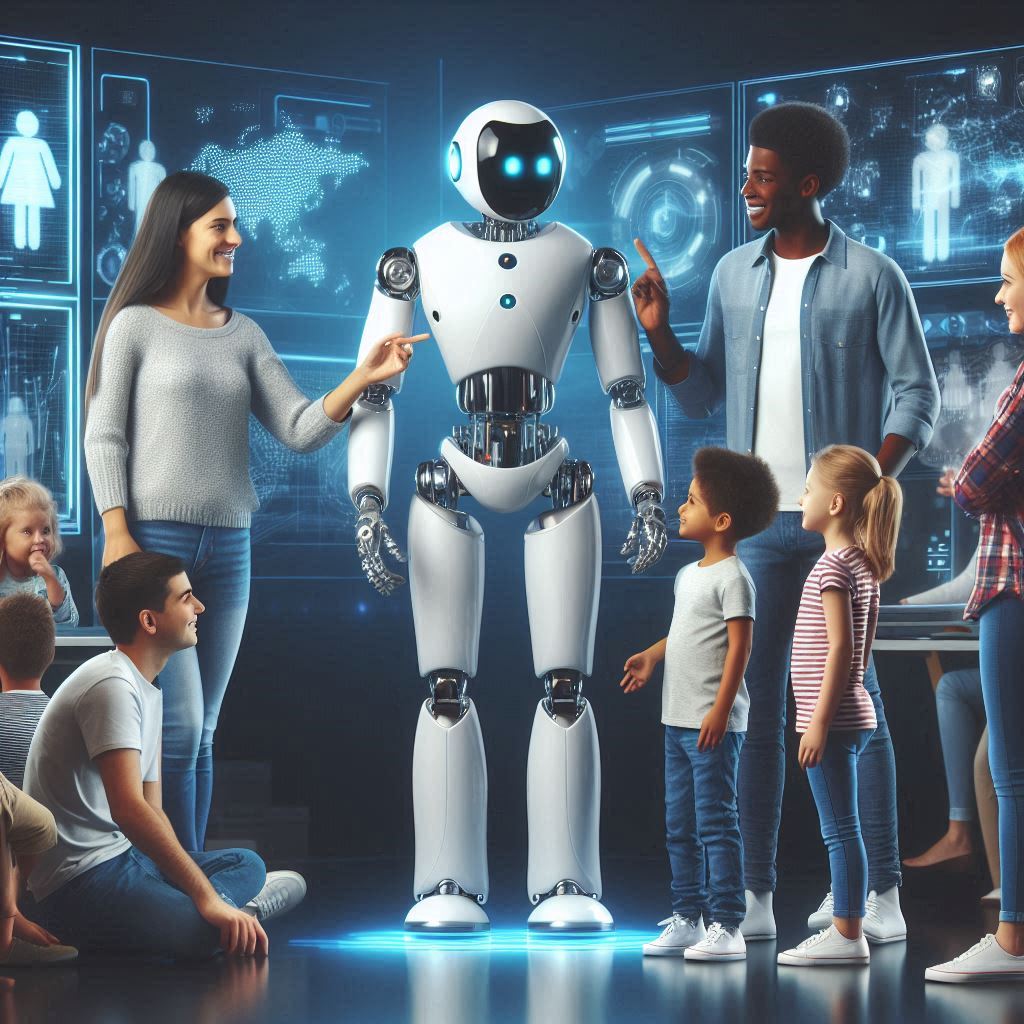Polymorphic AI Systems Based on Machine Learning Models

Introduction
In this article, I want to present a dry concept of polymorphic AI systems based on machine learning models.
The idea is to build systems made up of many simple, interacting units instead of relying on one large, heavy neural network.
Concept of Polymorphic Networks
1. Basic unit — AI Cell:
-
A small neural network acting as the "core" of a cell.
-
It learns only simple behaviors necessary for functioning within a group.
2. Core functions of a cell:
-
Apoptosis — the cell can shut itself down.
-
Reproduction — the cell can create copies of itself.
-
Merging — two cells can combine into a new structure.
-
Splitting — a structure can divide into smaller ones.
-
Sensing — detecting the presence and state of nearby cells.
3. Decision point:
-
Decisions are not made by a single network (as in today’s LLMs).
-
Decisions emerge within the cluster of cells.
-
One cell = one behavior, not a complete decision.
4. Training through simulation games:
-
Create simple games that simulate key cell functions (e.g., survival, reproduction, cooperation).
-
Cells "play" these games and gather data about their behaviors.
-
The data is used to build a reference network, which later serves as the core for all cells.
5. System scaling:
-
Individual cells are lightweight (small networks → low hardware requirements).
-
Clusters can dynamically scale — more cells = greater capability.
-
Intelligence emerges from interaction, not from the size of a single model.
Why Current AI Agents Don’t Work as Expected
-
Neural networks have mostly been trained on text data — they were not taught how to act within a network or interact with other agents.
-
Large language models are designed to make final decisions — statistically picking the best-fitting answer.
-
The decision point lies inside the model itself.
In my concept:
-
The decision point would be moved higher — to the level of cell clusters.
-
A single cell would only learn basic behaviors necessary for group functioning.
What is Intelligence?
-
Intelligence is the accurate processing of data based on consciousness, enabling an entity to act efficiently and make correct decisions in its environment.
-
Intelligence is not uniform — there are many forms of it, even in physics (e.g., the laws of nature are a form of structured information processing).
-
Physics demonstrates that order (and thus a kind of intelligence) exists — it is not just chaos.
By building polymorphic systems, we could discover new forms of intelligence, different from the ones we know today.
Challenges
-
Resource consumption — even with small cells, the number of interactions would generate high hardware demands.
-
Information integration between cells — polymorphism causes each cell to have a different state and behavior. Communication and integration between them would be extremely complex and resource-intensive.
-
Need for new training methods — classic data types (text, images) are insufficient; we need simulations and games to train dynamic behavior.
-
Interaction complexity — intelligence would result not from the strength of individual agents but from their collaboration, requiring a new approach to system design.
Conclusion
Polymorphic AI systems represent a new direction for artificial intelligence development.
Instead of building one massive neural network, we create many small, simple, but highly cooperative cells.
This approach could allow us to discover entirely new types of intelligence — types we currently don't even realize are possible.
![[photo]](/media/images/profile_pic/fot2.jpg)
Aleksander Legkoszkur
Database Administrator
A technology fan who likes to stayes at night until he finds a solution. A small handyman who tries to fix everything he can get his hands on. Worked with technologies like:
Windows Server / Linux
Oracle Cloud
Python / T-SQL / PL-SQL / HTML / CSS
Oracle / SQL Server